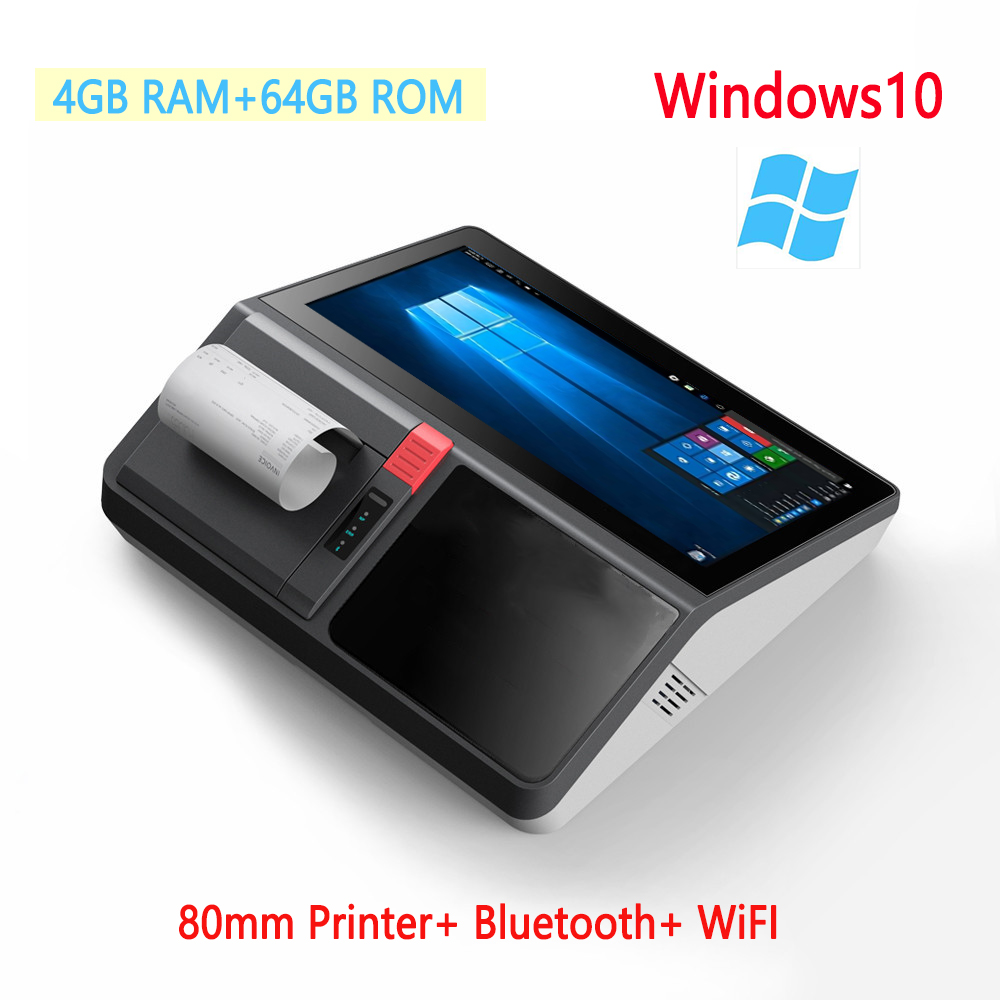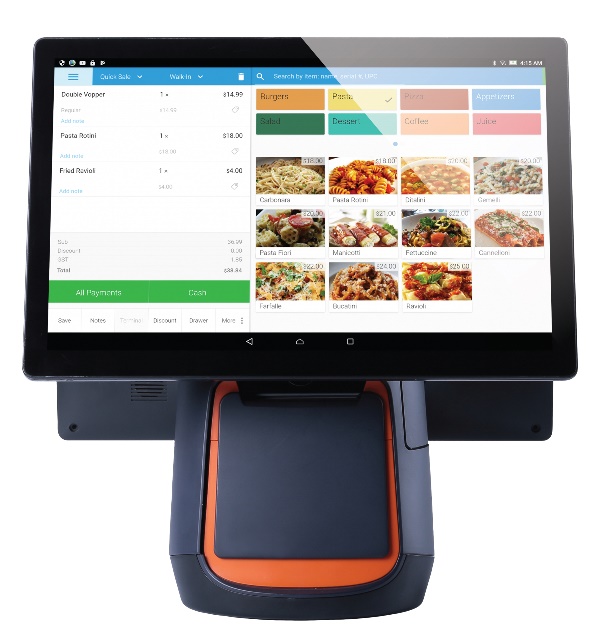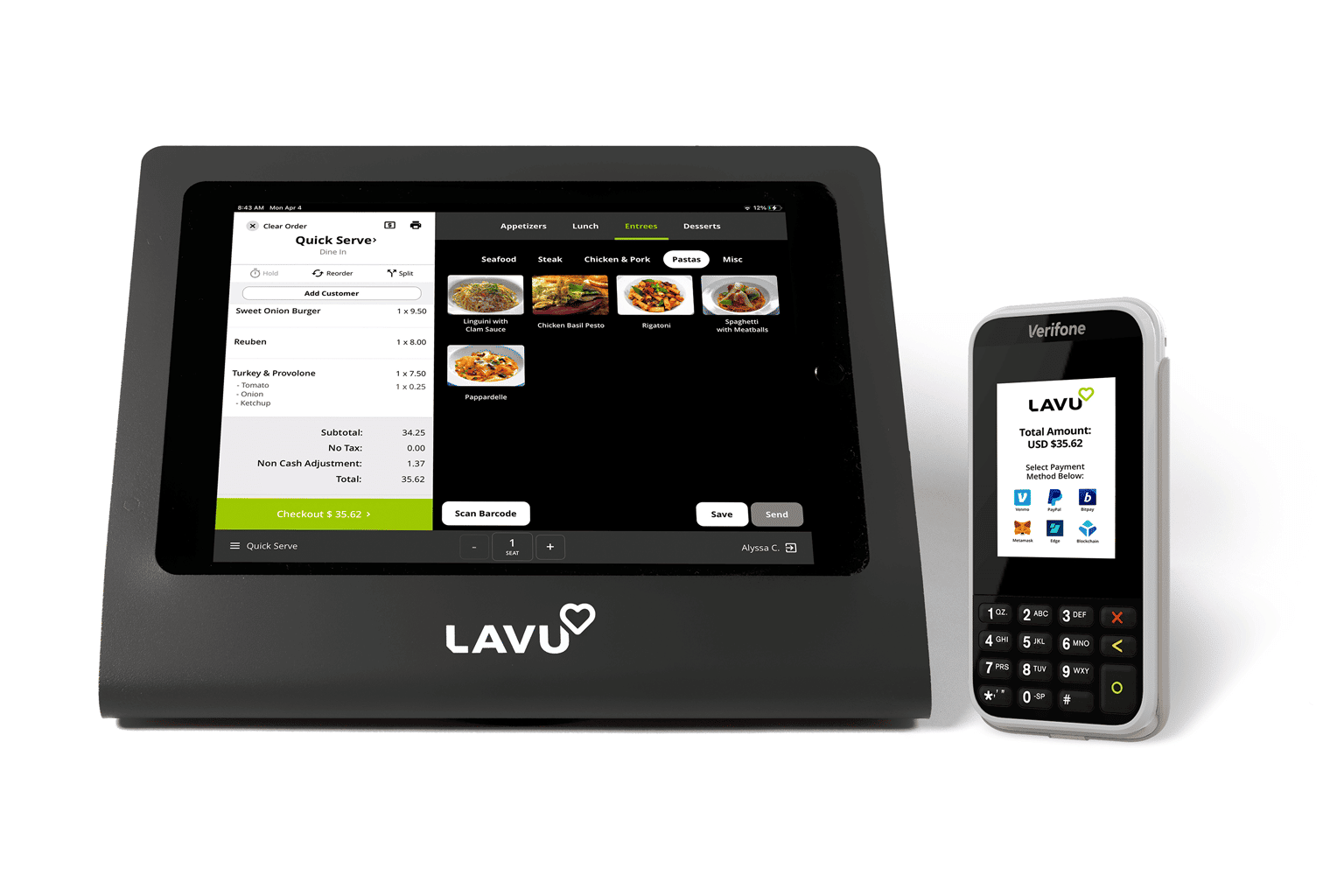How POS System Works: A Comprehensive Overview for Business Owners

Understanding the Parts of a POS System

Just How Sales Deals Are Processed
When a customer determines to buy, the sales purchase starts a series of systematic actions within the POS system. The cashier inputs the products being acquired, which are scanned via a barcode viewers or manually entered. This activity gets product information, including rates and appropriate tax obligations, from the system's database.Next, the client is provided with the total quantity due. The POS system after that refines the payment, whether with money, bank card, or mobile payment techniques (Restaurant POS Software). For electronic payments, the POS securely communicates with settlement cpus to authorize and validate the transaction.Once the repayment is validated, the system creates a receipt, which can be printed or sent out electronically. This invoice works as receipt for the customer. The purchase data is taped in the system, making certain exact sales records and monetary monitoring for the service.
Inventory Management and Tracking

Reliable inventory administration and monitoring are essential parts of a POS system, as they assure that services keep optimal stock levels and decrease disparities. A robust POS system enables for real-time supply updates, reflecting returns and sales instantaneously. This allows company owner to keep an eye on stock levels precisely, making sure that preferred items are readily offered while stopping overstocking of less preferred products.Additionally, advanced POS systems offer attributes such as automatic supply notifies and reorder ideas, streamlining the procurement process. Barcoding and RFID innovation boost precision in tracking inventory activity, minimizing human mistake. Substantial reporting tools give insights right into stock turnover prices, assisting businesses make educated choices regarding buying and product offerings. Ultimately, reliable supply administration through a POS system not just enhances functional efficiency but also improves consumer complete satisfaction by making sure item schedule.
Analyzing Customer Data and Insights
Client information evaluation acts as an effective device for businesses utilizing a POS system (Restaurant POS Software). By taking a look at and accumulating transaction data, services can discover beneficial understandings about customer behavior and preferences. This evaluation enables them to recognize purchasing trends, peak shopping times, and popular products, thereby informing supply decisions and advertising strategies.Additionally, businesses can section their consumer base, permitting for customized advertising initiatives that deal with certain demographics or buying practices. Understanding consumer loyalty patterns likewise helps in developing targeted benefits and promotions programs.The data obtained from a POS system can also reveal understandings into customer responses, allowing services to make educated check here decisions regarding product offerings and service renovations. Ultimately, leveraging consumer data properly can improve the total buying experience, foster client complete satisfaction, and drive revenue development
Advantages of Implementing a POS System

Often Asked Questions
What Kinds of Companies Can Gain From a POS System?
Numerous companies take advantage of a POS system, including retailers, restaurants, beauty salons, and shopping systems. These systems simplify transactions, inventory management, and consumer data, boosting operational effectiveness and boosting client experience throughout diverse industries.
Just how much Does a POS System Usually Cost?
The expense of a POS system normally varies from a few hundred to a number of thousand dollars, relying on attributes, equipment, and software application. Organizations have to consider recurring costs for maintenance, assistance, and deal processing when budgeting.
Can I Incorporate a POS System With Existing Software Application?
Integrating a POS system with existing software is frequently practical. Lots of systems use APIs or integrated compatibility features, enabling services to improve procedures and enhance functionality by get more info linking various software program applications successfully.
What Training Is Needed for Team to Use a POS System?
Training for staff to use a POS system commonly consists of understanding software functionalities, processing purchases, handling stock, and handling client communications. Practical demonstrations and hands-on session improve proficiency and confidence being used the system effectively.
What Occurs if the Web Decreases While Making Use Of a POS System?
If the net drops during POS system use, transactions might be disrupted. Lots of systems supply offline capacities, enabling basic operations to continue, but complete functionality, consisting of real-time supply updates, will be limited. A Factor of Sale (POS) system is composed of numerous crucial components that work together to promote purchases and manage company procedures. Effective stock administration and monitoring are necessary parts of a POS system, as they assure that services keep optimal stock degrees and reduce discrepancies. Consumer data evaluation serves as a powerful tool for companies using a get more info POS system. Comprehending consumer commitment patterns likewise helps in developing targeted promos and benefits programs.The data gleaned from a POS system can additionally expose insights into client responses, allowing companies to make informed choices concerning item offerings and service renovations. Implementing a POS system uses numerous benefits that can greatly boost organization procedures.